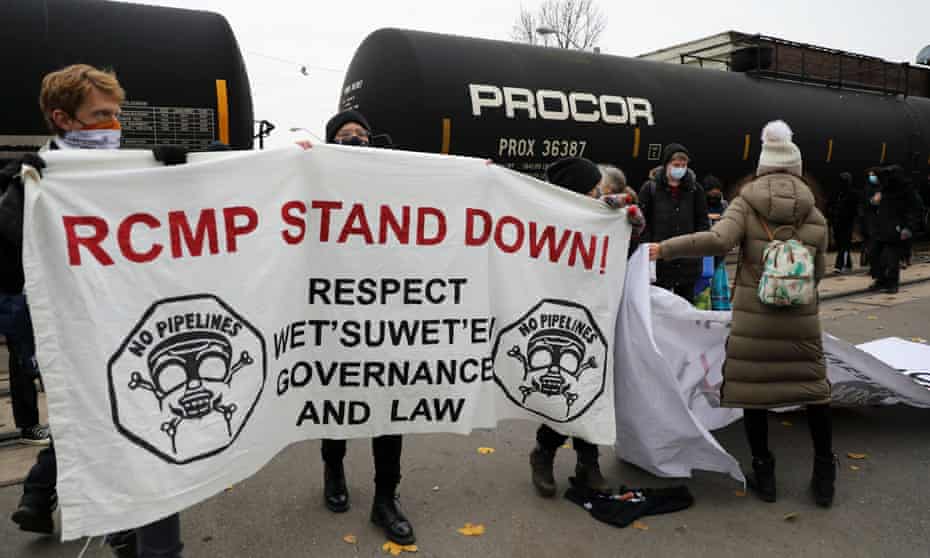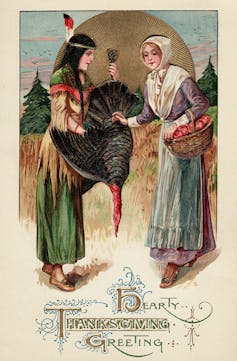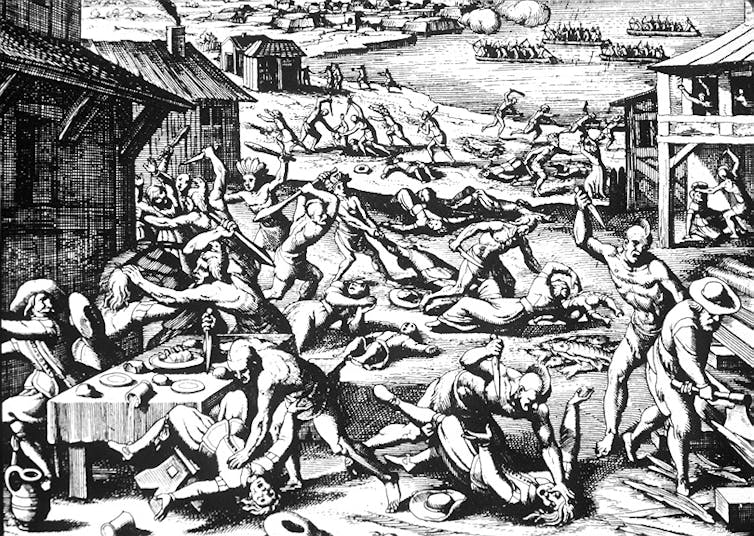Police board budget vote paused after lengthy meeting; protesters block highway entrance
Author of the article:Matthew Lapierre
Publishing date:Nov 22, 2021 •

More than 50 people spoke out against raising the Ottawa police budget at a meeting of the Ottawa Police Service Board on Monday while a group of protesters took to the streets, blocking an entrance onto a highway
The outpouring of opposition came as the board was set to decide whether to earmark an increase to the Ottawa Police Service’s budget.
The board has the power to modify the budget before approving it, but after more than 50 people spoke at the meeting for nearly five hours, the board decided to reconvene on Tuesday at 3 p.m.
The delegates who spoke at the meeting included researchers, people with experience working in the community health networks, economists and a city councillor.
Though some of them expressed differing degrees of how much police involvement they wanted in public safety, the crux of the delegates’ message was the same: approving the budget increase for the OPS would be a step in the wrong direction.
That money, they argued, could be better invested into other areas to better improve outcomes and reduce crime.
“An increase in police funding, resources and presence on the streets of Ottawa does not correspond with higher levels of community safety,” said delegate Nora Ottenhof. “Police respond to crime, they do not prevent it. The only way to truly prevent crime is to address the social determinants of crime; namely, poverty and social exclusion.”

During the meeting, around 5 p.m., a small group of about a dozen protesters asking for a police budget freeze blocked the entrance to the Highway 417 at Metcalfe Street, creating lengthy traffic delays and clashing with frustrated drivers.
The protesters carried megaphones and used a rental van and a truck to stop cars from getting through.
“We are currently taking this intersection ahead of the police budget vote that is happening tonight, the meeting that is happening right now,” a protester at the corner said on an Instagram livestream of the event. “We are here as long as it takes for our message to be heard.”
The protesters called police officers who came to the scene “pigs” and used expletives against them.
Some frustrated drivers stuck behind the roadblock took to arguing with the protesters.
“At the end of the day, we don’t care,” a protester told a frustrated motorist during the Instagram livestream. “This is about pissing people off, because at the end of the day, change has never been made for us unless we’ve pissed people off.”
“I’m getting pissed off,” the driver replied. “So, what I’m thinking is we need more police so this (roadblock) doesn’t happen.”
Before the OPSB meeting, the Ottawa Police Association, the union that represents most OPS officers, released a 14-page submission to the board, arguing the police service’s draft budget was already trimmed and could not sustain further cuts.
Ottawa’s police service, the OPA document said, has fewer officers per 100,000 residents than any other major police force in Canada.
“Defunding or diverting police budgets is a political response to assuage a small number of activists who seek change that the (board) knows is not supported by the broader public,” the association wrote.
The OPA document also lends support to further investments in mental health initiatives, but suggested that police should continue to be the ones to respond to these calls.
“Police have training in resolving these issues and are quite exceptional in their performance around de-escalation,” the OPA wrote. “As professionals, our members are always receptive to more training.”
The OPSB has committed to making an effort to reduce or freeze the OPS budget at 2021 levels in 2022. The service’s proposed budget included a net operating budget of $346.5 million, an increase of nearly three per cent over its 2021 budget, which was equivalent to an approximate $19 increase on the tax bill for an average household.
Vanessa Dorimain, co-chair of the Ottawa Black Diaspora Coalition, said her group and other supporters would continue to stage protests if the OPS budget is increased.
“Police don’t need to have an increased budget. They don’t serve and protect communities, especially BIPOC communities.”
The blockade was meant to put pressure on the board, Dorimain said.
“We want them to understand that we are very serious. … We also want them to be aware that, should they decide that they want to support having a police budget increase, these actions will continue to take place across the city for as long as we see fit.”
The protest is also a way to bring awareness to the Ottawa community, she said.

The issue of police violence spurred huge protests in the United States, she said, but “we want them to be aware that these kinds of things happen here in Ottawa, the violence toward people who live right here amongst us in our own communities. There are people here in Ottawa locally and across the country that are victims of police brutality and violence.”
Dorimain said they felt they had little option.
“We’re not doing this to get attention, we’re not doing this for publicity. We’re doing it because it’s really impacted our communities to the point where we have no choice but to do stuff like this.
“If people feel inconvenienced for a little amount of time, that is incomparable to the realities we face on a day-to-day basis with police who have operated in our community.”
— With files from Jacquie Miller
Ottawa community group protests proposed police budget increase on Highway 417 exit
Vote on Ottawa Police Service budget delayed until Tuesday
Protesters are blocking an exit to Highway 417 to push for the Ottawa Police Service Board to consider a budget freeze for the police force.
They want the budget frozen at 2021 levels and money directed instead towards community supports for Black and Indigenous people.
The board was expected to vote on the Ottawa Police Service budget Monday, but after hearing from numerous delegations in a five-hour meeting — many of them opposed to the budget increase proposed by the force — it decided around 9 p.m. to adjourn until 3 p.m. Tuesday.
About an hour after the board began its review, protesters set up a blockade at the Metcalfe exit off Highway 417 onto Isabella Street.
Vanessa Dorimain is a co-chair with the Ottawa Black Diaspora Coalition, one of two groups that has set up the blockade. The other group is the Criminalization and Punishment Education Project. The volunteer-run coalition organizes against systemic anti-Black racism.
Dorimain says the protest is also a show of solidarity with the Wet'suwet'en in northern B.C. Last week, police arrested several people who are demonstrating against the Coastal GasLink project there.
"We knew there would be people who wouldn't be happy, but we wanted to be in a place where we can't be ignored," Dorimain said.
With the delay in the vote, Dorimain says she knows the group of about 25 people will continue to press the importance of a budget freeze, but she's not sure if they'll continue blocking the road.
One member of Dorimain's group was arrested, but was released within 30 minutes, she said, adding the group has received verbal abuse from irate drivers.
Ottawa police were on site managing traffic flow, with help from the Ontario Provincial Police.
The Ottawa police tabled its draft budget for 2022 earlier this month. The draft asks for a 2.86 per cent tax increase. This is about $14 million in new money for a total operating budget of $346.5 million.
A press release from the coalition also includes a list of priorities for the Black and Indigenous communities in the city, including increased resources for BIPOC students in schools, affordable housing and an end to police involvement in mental health checks.
Dorimain says the coalition sent the list to city councillors and this protest is the beginning of "putting the city on notice" in advance of the municipal election slated for next year, about the work that needs to be done to support the city's residents.



/https://www.thestar.com/content/dam/thestar/uploads/2021/11/22/michael-toledo-0.jpg)
/https://www.thestar.com/content/dam/thestar/news/canada/2021/11/22/photojournalist-and-filmmaker-released-after-rcmp-arrests-in-wetsuweten-territory-spark-outrage/amber_bracken.jpg)








